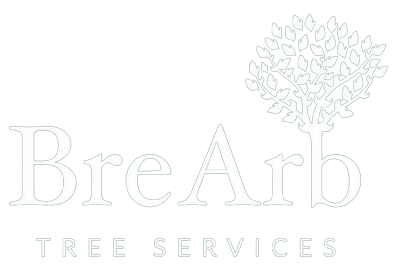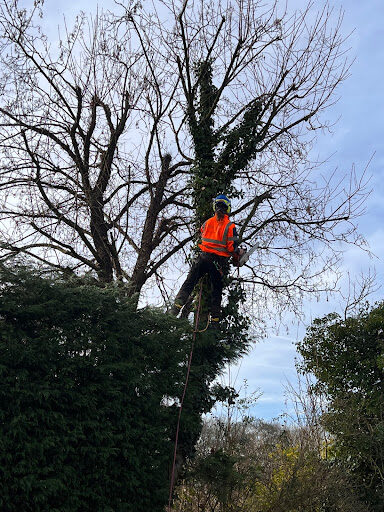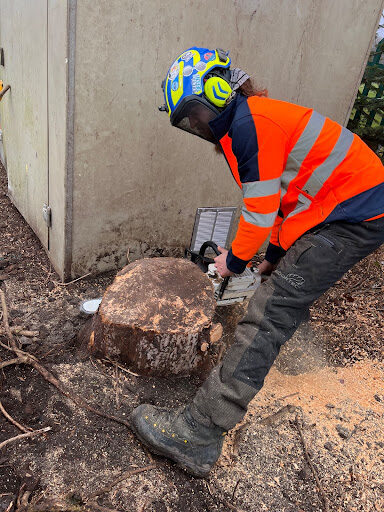Ash Dieback: Causes, Symptoms, and Treatment Strategies

Unlocking the Benefits of Stump Grinding
January 12, 2024Introduction
Ash dieback, also known as Hymenoscyphus fraxineus, is a devastating fungal disease that affects ash trees, particularly the European ash (Fraxinus excelsior). This disease has spread rapidly across Europe in recent years, causing significant damage to ash tree populations. In this blog post, we will discuss the causes, symptoms, and treatment strategies for ash dieback.
Causes of Ash Dieback
Ash dieback is caused by the invasive fungus Hymenoscyphus fraxineus, formerly known as Chalara fraxinea. The fungus originates from Asia and was introduced to Europe in the early 1990s. It spreads primarily through airborne spores and can infect ash trees, causing them to wither and die.
The disease's rapid spread is exacerbated by several factors, including the high susceptibility of European ash trees, the lack of natural resistance, and environmental conditions that favor the fungus's growth.
Symptoms of Ash Dieback
Identifying ash dieback is essential for prompt treatment and management. The disease exhibits several distinctive symptoms, including:
- Wilting and Dying Leaves: Affected trees often show symptoms in the form of wilting, browning, and falling leaves. This can occur rapidly, particularly during the growing season.
- Crown Dieback: The crown of the tree may experience dieback, leading to a sparse appearance with reduced foliage.
- Bark Lesions: Dark, diamond-shaped lesions can develop on the bark of infected trees.
- Epicormic Shoots: In an attempt to survive, ash trees may produce epicormic shoots, which are small branches that emerge below the damaged crown.
- Fungus on Leaves and Twigs: In advanced stages of infection, you may observe the fruiting bodies of the Hymenoscyphus fraxineus fungus on infected leaves and twigs.
Treatment Strategies for Ash Dieback
While there is no known cure for ash dieback, there are several strategies to manage the disease and reduce its impact on ash tree populations:
- Early Detection: Regularly inspect your ash trees for signs of ash dieback. Early detection can help you take action to minimise the disease's spread.
- Pruning: Remove and burn infected branches to prevent the spread of the fungus. Disinfect your pruning tools to avoid further contamination.
- Tree Removal: In cases of severe infection, consider removing and destroying the infected trees to prevent further spread. It is crucial to comply with local regulations and consult with arborists or forestry experts for guidance.
- Promote Tree Health: Maintain the overall health of your ash trees by providing proper care, including watering, mulching, and fertilisation. Healthy trees are better equipped to resist diseases.
- Genetic Diversity: Planting a variety of tree species instead of relying solely on ash can help reduce the impact of ash dieback.
- Research and Monitoring: Stay informed about the latest research on ash dieback and collaborate with local authorities, arborists, and experts to develop effective management strategies.
- Support Conservation Efforts: Support organisations and initiatives dedicated to conserving ash trees and finding ways to combat ash dieback.
Conclusion
Ash dieback is a serious threat to ash tree populations across Europe and beyond. While there is no cure, early detection, proper tree care, and responsible management strategies can help mitigate its impact. By taking these measures and supporting conservation efforts, we can work towards preserving these valuable trees for future generations. Remember that consulting with experts and following local guidelines is essential when dealing with ash dieback in your area.




